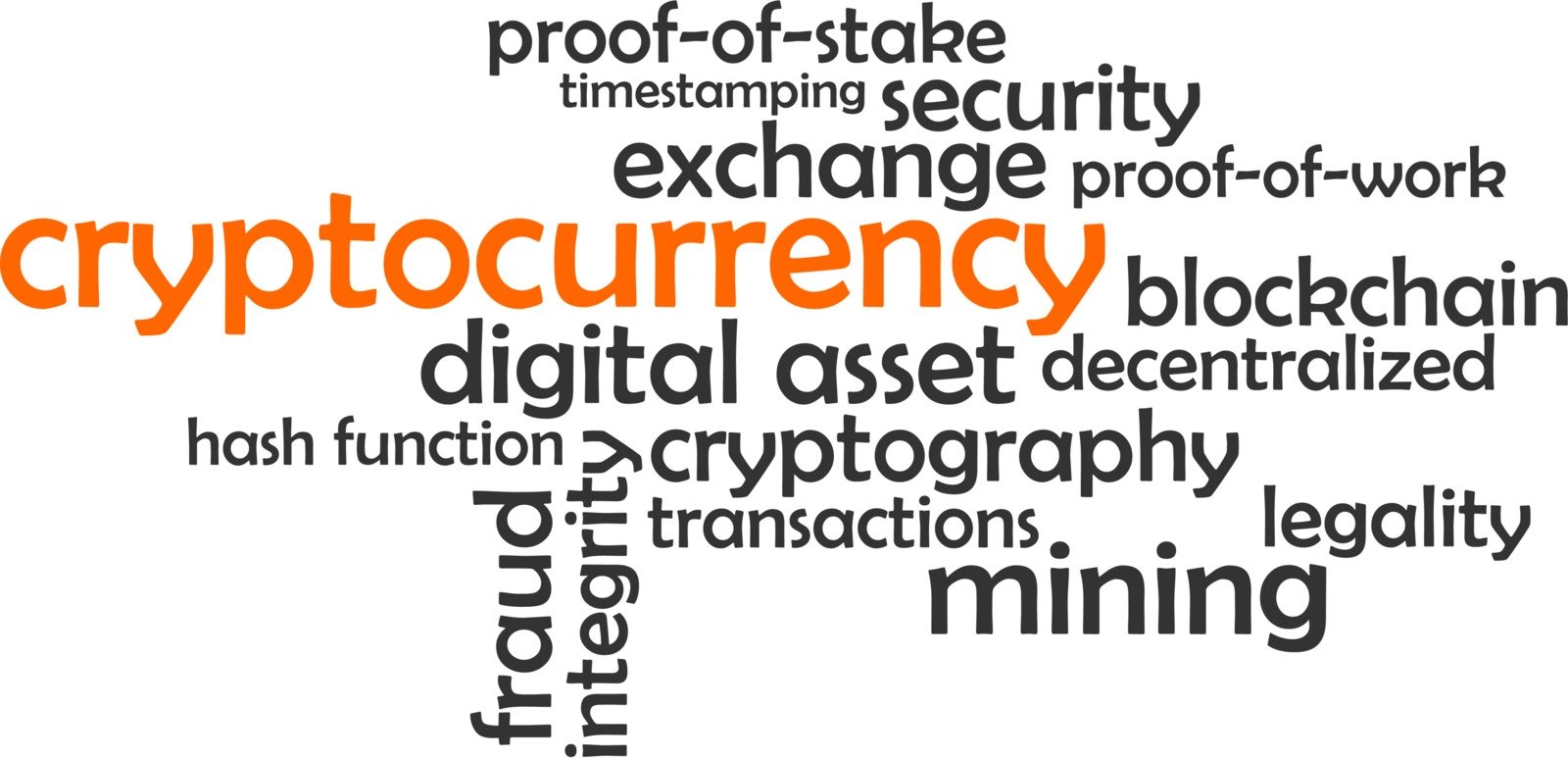[ez-toc]
Introduction
In the fast-paced world of cryptocurrencies and blockchain technology, innovations are continually reshaping the landscape. One such innovation, known as liquidity pools or crypto liquidity pools, has gained significant attention. These decentralized financial tools, often referred to as defi liquidity pools, play a pivotal role in fostering liquidity, driving efficiency, and enabling seamless trading experiences within the crypto ecosystem. In this article, we will explore what liquidity pools are, often referred to as ‘what is a liquidity pool’, their inner workings, and their importance in the cryptocurrency space.
What Are Liquidity Pools?
Liquidity pools, also known as defi pools or crypto liquidity pools, are decentralized marketplaces that facilitate trading by leveraging the concept of automated market making. Essentially, these pools contain a reserve of tokens, or pooled reserves, that provide liquidity to users, enabling them to buy or sell assets instantly without relying on centralized exchanges. Unlike traditional order book-based trading, where buyers and sellers interact directly, liquidity pools rely on algorithms to determine the price based on the pool’s token reserves.
How Do Liquidity Pools Work?
Liquidity pools operate on the principles of automated market makers (AMMs), which execute trades through smart contracts on blockchain platforms. AMMs rely on mathematical formulas, commonly known as bonding curves, to determine the price of assets within the pool. This is how liquidity pools work or how liquidity pool works.
When a user wants to trade, they interact with the liquidity pool contract. Let’s say Alice wants to swap her Token A for Token B. Alice sends Token A to the liquidity pool, and the pool calculates the equivalent amount of Token B based on the prevailing price. As more users conduct trades, the relationship between the reserve tokens, or LP tokens, and their value adjusts dynamically, upholding the liquidity of the pool.
In order to incentivize users to provide liquidity to the pools, participants are typically rewarded with fees generated by trades. These fees are distributed proportionally to liquidity providers based on the share of their contribution to the pool. This is often referred to as liquidity mining or yield farming in the DeFi liquidity pool.
Benefits of Liquidity Pools
1. Enhanced Liquidity: Liquidity pools or crypto liquidity pools significantly improve market efficiency by providing a continuous supply of tokens. This helps traders execute transactions without affecting the asset’s price due to large buy or sell orders.
2. Reduced Slippage: Slippage, the difference between the expected and actual price when executing a trade, is minimized in liquidity pools. By relying on mathematical formulas, AMMs ensure that the price is determined algorithmically, reducing the impact of large trades on the assets’ value. This is how liquidity pools work or how liquidity pool works.
3. Accessibility and Decentralization: Liquidity pools, or defi pools, allow anyone to participate as long as they have the tokens required for liquidity provisioning. Users can directly interact with the pools without the need for intermediaries, promoting financial inclusivity and decentralization. This is often associated with open finance and decentralized autonomous organizations.
4. Yield Generation: Apart from earning trading fees, liquidity providers can also earn additional yields in the form of governance tokens or other incentives associated with specific platforms. This has further popularized liquidity pools as a means of passive income in the cryptocurrency space. This process is often referred to as yield farming or liquidity mining in the defi mining pool.
Conclusion
Liquidity pools, or DeFi liquidity pools, have emerged as a crucial component of the decentralized finance ecosystem, revolutionizing the way trading occurs in the cryptocurrency industry. By providing seamless liquidity and enabling efficient trading experiences, these pools play a pivotal role in driving adoption and fostering innovation within the digital asset space.
As the crypto market continues to evolve, liquidity pools are likely to remain at the forefront, driving liquidity and empowering individuals to participate actively in the decentralized financial revolution







